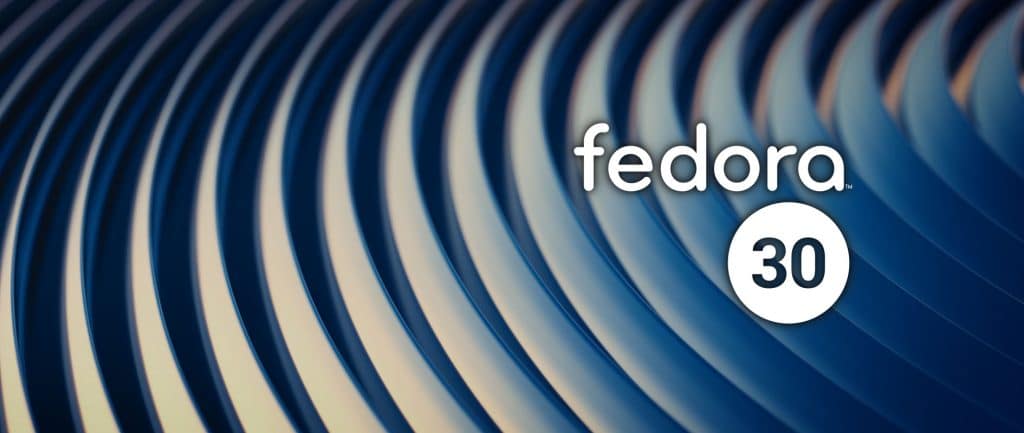There are a lot of Linux enthusiasts who consider Fedora as an innovative Linux distro. It doesn’t hesitate to test new features and make them available for all other distros. With that being said, the Fedora team has recently released the latest version Fedora 30 with GNOME 3.32 and many other improvements. So, let’s have a look at the new features and changes one by one. Read: Top 5 Reasons Why You Should Use Fedora Linux
What’s New in Fedora 30?
One of the major changes in Fedora 30 is the introduction of all new GNOME 3.32 desktop environment. If we look at its past releases, the GNOME desktop has gone through many changes to reduce its memory consumption. But the new GNOME 3.32 is far more improved and makes everything buttery smooth and fluid. These enhancements are brought by doing modifications directly in the core GNOME libraries. The desktop environment now comes with a refreshed visual style that makes everything look more premium. The app icons, user icons, switches, buttons, etc are also revamped. Coming to packages, Fedora 30 includes the latest GCC 9, PHP 7.3, Ruby 2.6, Bash 5.0 and other apps. If you don’t like the default GNOME desktop, this Linux distro even allows you to install other desktop environments. Fedora 30 is powered by the latest Linux 5.0, which brings more performance and better hardware support. With is version, the cloud and server releases are being combined into the Fedora Server Edition. The new Fedora also comes with some new features like support for Btrfs swap file, AMDGPU FreeSync, energy-aware scheduling, etc. The team is bringing in Fedora CoreOS to replace Fedora Atomic Host as our container-focused deliverable in the Fedora 30 timeframe. They also have plans to target other variants as well, including Fedora Spins and Labs. Also Read: 5 Best Linux Distributions for Beginners (Windows and Mac Users)
How to Download and Upgrade to Fedora 30?
If you want to upgrade your existing Fedora 29 to latest Fedora 30, just run to the following command in terminal one by one. Otherwise, you can even perform a full installation of the new Fedora 30 by downloading the ISO file from here. And lastly, don’t forget to share your Fedora 30 experience in the comments below.
